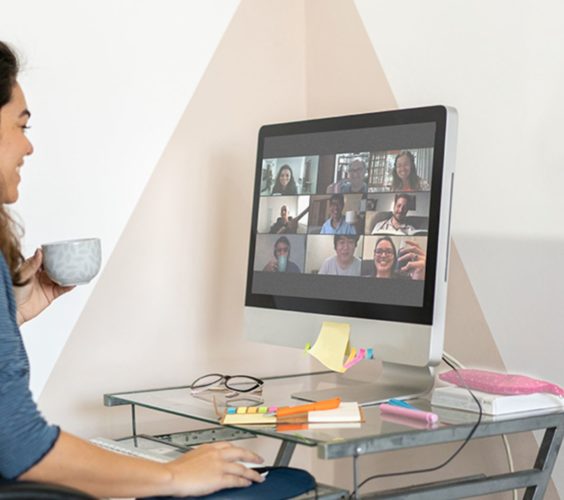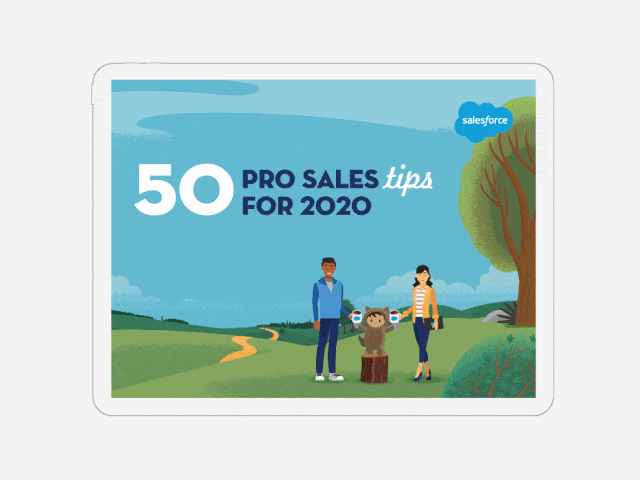
4 things to keep in mind when making virtual connections
Mahlab’s HRM Deputy Editor, Kate Neilson, had to quickly learn how to create meaningful connections with her interview subjects when our workforce moved online. Here, she shares her top tips on how to make sure someone remembers you for all the right reasons.
- Working during COVID-19
- June 11, 2020
- Mahlab
Mahlab’s HRM Editor Kate Neilson had to quickly learn how to create meaningful connections with her interview subjects when our workforce moved online. Here, she shares her top tips on how to make sure someone remembers you for all the right reasons.
As someone who makes a living from telling other people’s stories, I know that creating a good connection with an interview subject is crucial from the get go. Failing to do so can derail an entire interview and your story will suffer as a result.
Creating connections virtually is a skill I’ve had to quickly hone over the last few months. In the physical world, you can rely on your charm, body language and energy levels to form a bond with another person. And while these things still exist in a virtual environment, they look very different. Some aspects have to be emphasised, others pared back and you have to work hard to strike the right balance.
While I’m speaking from the perspective of a journalist, using your interpersonal skills for online communication is something most people would benefit from. If you speak with clients, customers or coworkers online, you will benefit in some way from creating genuine connections with the person on the other side of your screen.
We’re going to have to get used to communicating this way. So here are a few lessons I’ve recently learnt that might be helpful to you.
1. Is this thing on?
Before you dive right into business, take a few moments to do some housekeeping to ensure you’re set up to have a smooth conversation.
If your internet is a little patchy, don’t just hope it won’t drop out midway through an incredibly profound insight or right before the punchline of your not at all pre-prepared joke. Warn your counterpart upfront that your internet connection is a little hit and miss. That way, when it drops out (and it will) it won’t take them by surprise. Also, they might also have terrible internet or a child who could interrupt at any moment. Normalising disruptions from the get go helps to lay the groundwork for a genuine conversation.
This is also a good time to check you can both hear and see each other clearly. Nothing disrupts the flow of a conversation like choppy audio or watching the features of someone’s face disappear into the afternoon shadows.
You should also reiterate the purpose of the video call. Remember, people are using these same platforms to catch up with friends, brainstorm with their teams and network with strangers. Without the external context provided by a board room or coffee shop, you’re just another floating head that has popped into their home office, so remind them why you’re there and what you’re hoping to achieve from the interaction.
2. Allocate more time than you think you’d need
One of the biggest lessons around interviewing people amid a pandemic that I’ve learnt is that it’s always going to take a little longer than you think. What used to be a quick 10-minute phone call can easily be stretched out to 20 minutes or half an hour when you factor in the housekeeping and the fact that isolation means many people are craving social interactions.
While this might eat into your day, don’t let it frustrate you. This is where the gold lies.
Having someone allocate space for you to share your experience can be cathartic. If your interviewee — or client, coworker or customer — can see that you’re interested in their story, they’re more likely to trust you. This means they’ll share more intimate information with you and will feel more inclined to be helpful to you in the future. Not only does this make for a richer story, it’s also personally satisfying to be an ear for someone in need of a yarn.
At the end of an interview I did in the first few weeks of lockdown, the interviewee — a woman I’d met just 30 minutes prior — and I spent some time talking about how we were both feeling emotionally, and she offered me her phone number in case I wanted to talk sometime. While I haven’t taken her up on this offer, it was nice to know we’d got the conversation to a place where this gesture felt natural.
Here’s my final tip around interview timing: book 10-minutes in your diary following any long video calls. There are a few reasons for this. Firstly, if you’ve got back-to-back meetings you’re more inclined to rush through the interview. The other person will be able to tell and all the trust, intimacy and connection evaporates into thin air.
Secondly, it’s very easy to forget to take breaks when working remotely. You don’t have the physical cues of people around you getting up to stretch the old legs. Take this time to make yourself a cup of tea, move around the house and reflect on the conversation you’ve just had. This is especially important if the conversation was emotionally charged; you can hold a lot of emotional tension in your body without realising. So stretch — or shake or dance — it out.
3. Pay attention to how you pay attention
You don’t realise how much you miss the nuances of an in-person conversation until they’re taken away from you. Those subtle nods. The ‘mmm-hmms’ and ‘ah, rights’. A slight smile to acknowledge when someone’s tone has shifted. These are all incredibly important drivers of a conversation. It lets the other person know that you’re really listening to them, and if those conversational sprinkles are absent in a video call, it can start to feel awkward quickly.
This is what I was referring to earlier when I said some things need to be emphasised and others pared back. Energy levels, for example, need to be dialled up when talking to someone through a screen. If your presence is even slightly lacklustre, you will feel like just another thing draining their energy.
The conversation should feel refreshing to them. So put in a little extra effort with your tone, facial expressions and small talk. If you’re a chronic gesticulator, you might consider toning this down slightly for the camera as it could be distracting, especially if your video is prone to freezing.
The same can be said for interruptions. While it’s quite natural to sometimes affirm what someone is saying or add your own anecdote, it comes across as clunky and awkward on a video call. If there’s an audio lag, you both end up missing what the other person said, and it can take a few moments to get the conversation back on track. This is even truer when there are more than two or three people on the call.
Fight the urge to interject. Instead try using filled pauses (‘hmms’, ‘ahhs’, ‘ooohhs’ etc.) to indicate that you’re following along and scribble down some notes on a piece of paper — not on a computer; there’s nothing worse than the sound of someone tapping at keys right in your ear — to return to later. This allows you to practice “active listening” — that is, returning to a point someone made earlier and reiterating it.
People feel pretty chuffed when you remember the small details of what they’ve said.
4. Top and tail with something personal
Over the past few weeks, I’ve interviewed astronauts, HR professionals, a climate scientist, psychologists, young homeowners, CEOs, academics, business owners and singles navigating the world of physically distant dating. Many of these people couldn’t be more different from one another, but each one expressed the same sentiment to me: “These are weird times and I haven’t always found it easy to cope”. We’re unified by a shared experience and there are ways to make the most of this.
During your housekeeping time, you might, within reason, include a few personal questions. Ask your subject if they’re enjoying working from home, if they’ve partaken in a drink at the pub since restrictions lifted or what the first few weeks of lockdown felt like for them.
Yesterday, as I was speaking with a woman, I heard a dog barking in the background. Rather than politely ignore it I said, “Is that a dog I hear? It must have been nice having a pet during lockdown.” What followed was a 5-minute conversation about this woman’s new puppy which ended with her zooming in on her fresh new fluff curled up on his bed. This is the third time a scenario like this has happened to me in the last month. I think the interview that proceeded was strengthened by this initial interaction.
Being a journalist in COVID-19 times not only means having to adjust to the new way of working and dealing with the various emotions that the pandemic brings. You also have to thoughtfully and authentically package the loss, grief and challenges that people relay to you. This can be an intimate experience, and, often, people feel more comfortable giving you a piece of themselves if you offer a piece of yourself too.
So challenge yourself to be more open. Focus on how you receive people’s stories and remember that the more authentic you are, the more chance you have of leaving a good impression on others.









